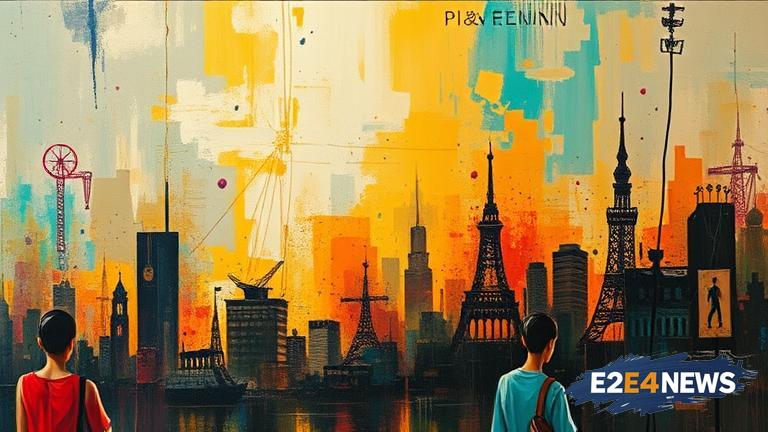The art world is undergoing a significant transformation, driven by advances in technology and the proliferation of digital platforms. The traditional notion of the artist as a creative genius is being challenged by the emergence of AI-generated art, which can produce high-quality works of art with minimal human input. This has led to a reevaluation of what it means to be an artist and the role of creativity in the artistic process. While some argue that AI-generated art is the future of creativity, others see it as a threat to the very existence of traditional art forms. The rise of digital platforms has also democratized the art world, allowing anyone to create and share their work with a global audience. However, this has also led to a saturation of the market, making it increasingly difficult for artists to stand out and make a living from their work. Furthermore, the emphasis on digital art has raised questions about the value and authenticity of physical art forms. The art market is also being disrupted by the rise of non-fungible tokens (NFTs), which allow artists to sell unique digital assets. This has created new opportunities for artists to monetize their work, but it also raises concerns about the ownership and provenance of digital art. Despite these challenges, many artists are embracing the opportunities presented by technology and using it to push the boundaries of their creativity. The use of AI and machine learning algorithms is allowing artists to explore new forms of expression and collaboration. However, the reliance on technology also raises questions about the role of the artist in the creative process. Are they simply providing input and guidance, or are they still the driving force behind the creation of art? The answer to this question will have significant implications for the future of the art world. As technology continues to evolve and improve, it is likely that we will see even more innovative and provocative forms of art emerge. But it is also important to recognize the value and importance of traditional art forms and the role that they play in our culture and society. The decline of the traditional artist is not necessarily a bad thing, but rather a natural evolution of the creative process. It is up to artists, curators, and collectors to navigate this new landscape and find ways to support and promote the creation of innovative and meaningful art. The art world is at a crossroads, and the choices we make now will have a significant impact on the future of creativity and artistic expression. The rise of AI-generated art and digital platforms is a wake-up call for the art world, forcing us to reexamine our assumptions about what it means to be an artist and the role of technology in the creative process. Ultimately, the future of art will depend on our ability to balance the benefits of technology with the need to preserve and promote traditional art forms. By embracing the opportunities presented by technology and supporting the creation of innovative and meaningful art, we can ensure that the art world continues to thrive and evolve in the years to come. The death of the traditional artist is not the end of art, but rather a new beginning, one that is full of possibilities and promise. As we move forward, it is essential to recognize the value and importance of human creativity and the role that it plays in shaping our culture and society. The art world is not just about creating beautiful objects or experiences, but about challenging our assumptions and pushing the boundaries of what is possible. By supporting the creation of innovative and meaningful art, we can ensure that the art world continues to play a vital role in our lives and our culture.
